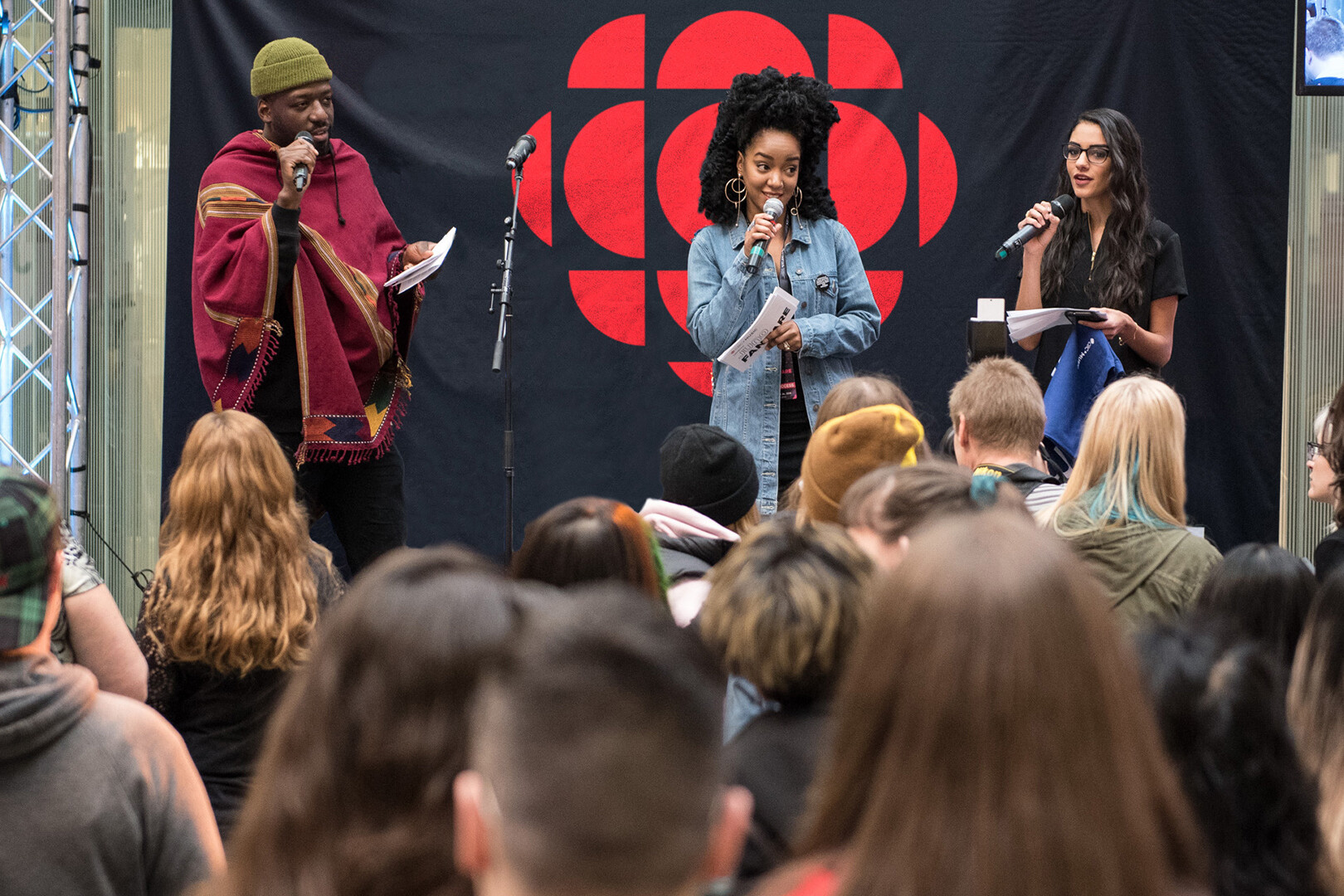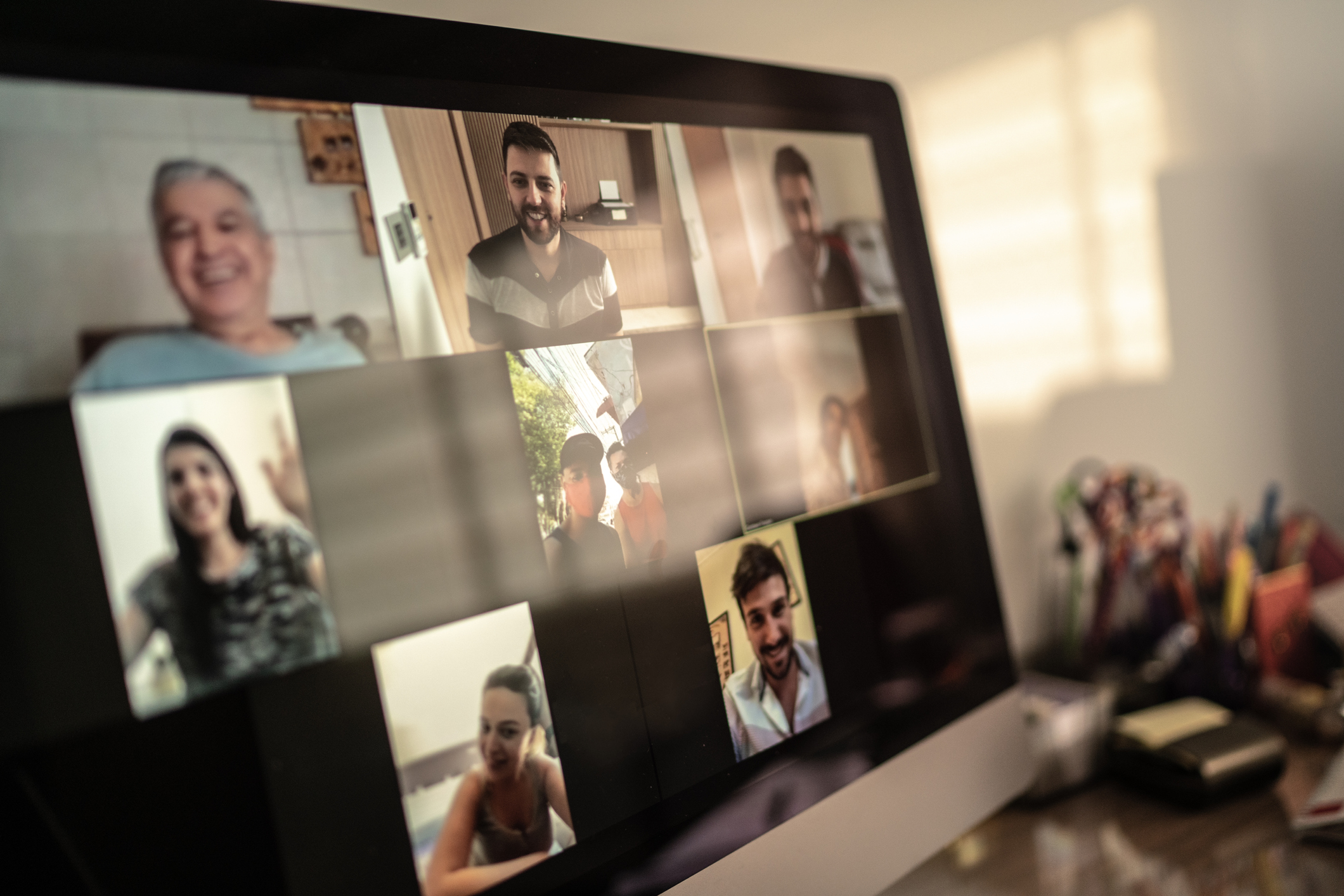PMA MEMBERS’ EXCLUSIVE
Staff at PMA member organisations joined an online forum to unpack and discuss the ways public service media (PSM) can best engage and educate youth audiences.
On Thursday 23 March, public media organisations from PMA’s global membership joined an online discussion to explore how PSM educates and engages with youth audiences in their countries. The session was the fifth edition of PSM Unpacked – our series of roundtables examining various issues affecting public media.
In an ideal world, public broadcasters would be able to be able to do everything they want to – target every child, in every community, with every level of physical ability, and from every socioeconomic background. Unfortunately, that is not the case and broadcasters have to be strategic in where resources are invested.
In this report, we cover the main discussion points.
Key discussion points
Engagement
- Age group matters: During the roundtable, we explored the level of engagement across different age groups. Participants noted that this was crucial to understand because different age groups engage differently with PSM content. For some broadcasters, the concept of television still holds up well for 0-6-year-olds. Although they engage with linear broadcasts, branding does come into play: where their favourite brand – whether a programme or a channel – is, that is . Meanwhile, for 6-12-year-olds, some participants noted that on demand services seem more attractive while for 12-16-year-olds, broadcasting is not as relevant as it used to be. In summary, many participants noted it is getting harder for broadcasters to retain their audiences.
- Looking beyond yourself: Finding success stories from other organisations – such as by assessing research, strategies, and other PSMs –can help drive youth engagement. Participants noted that while competition is present, it was important to treat other broadcasters as colleagues to learn from.
- Going to the source: When you understand your audience it becomes easier to know what their needs. Young audiences possess lived experience and are able to speak to the issues that affect them, such as mental health and the climate crisis. Engaging with these audiences directly is therefore imperative. This also includes addressing “the missing voice” by having greater representation of youth audiences not just as consumers but also as creators. Participants stressed the importance of positioning these missing voices not merely as subjects of public media to be served but as co-producers of a public media system that serves everybody. This is particularly relevant for issues that are important to youth audiences, such as education and mental health. Doing so is hard, but is rewarding.
- Engaging with parents. Parents are becoming much more involved in their kids media consumption. Most parents will have an idea of where the child’s interests lie and more likely to be involved in social media groups that have unique access to the audience currently out of our reach. Bringing them in can provide useful insights for public broadcasters.
- Engaging with youth educators. PSM’s role is to distribute content on a broad range of subjects to help meet the different interests of the society being served. Educators have a role to play in collaborating with public media to create verified and high quality classroom content.
Education and Strategy
- Bring in the pros: Participants with significant experience in developing educational content for youth audiences stressed the importance of creating content with educational consultants who understand the educational system and who can advise on programmes that best fit the educational mandate.
- Diversify your platforms: While participants noted the relevance of traditional broadcasting, they also emphasised the use of digital platforms, such as YouTube and TikTok, not only for entertainment but also as educational tools for the young. This is particularly relevant for older youths who are increasingly turning to digital platforms. Participants advised that broadcasters must make content that sit comfortably on radio and television but that can easily be accessed and understood on digital platforms. They also said that content should exist in both entertainment and education worlds.
- Prioritise media & information literacy: Teach young co-creators journalistic skills such as how to source a story, research, investigation, and interview techniques. Building up media literacy and providing youth audiences with such skills can boost their confidence in going out there with a “know how” of how to be a journalist. This coupled with an already in-built subject expertise provides a platform for young co-creators to make engaging, entertaining and educational content.
- Engage with caregivers and educators: Parents are becoming much more involved in their children’s media consumption. Most parents will have an idea of where their child’s interests lie and more likely to be involved in social media groups that have unique access to the audience currently out of our reach. Bringing parents into the fold can provide useful insights for public broadcasters. Furthermore, PSM’s role is to distribute content on a broad range of subjects to help meet the different interests of the society being served. Educators have a role to play in collaborating with public media to create verified and high quality classroom content.
- Serving all of society: Maintaining communication with the audience they are serving is essential for public media. It is important that PSM are prepared to support and serve all people across society like those who may not speak English and require more services. Although embracing digital content plays an integral role in retaining youth audiences, it is important to note that for new immigrants, linear broadcast is still the best ways of reaching them. This could be important in learning a language, so it is important to ensure the strength of public goods like education for public media has a role to play.
Additional resources
- The Missing Middle: Reimagining a Future for Tweens, Teens, and Public Media (Joan Ganz Cooney Centre)
- Our Children’s media: Does Public Service Media Matter (The Children’s Media Foundation)
- Gen Z in the Room: Making Public Media By and With Youth for the Future (Joan Ganz Cooney Centre)
- CBC Kids News (CBC)
- Introducing the youth media starter guide (University of Missouri)
- Student Reporting Labs (PBS)
- PBS Learning Media (PBS)
- Public Media Stations and Youth Voices (WHYY PBS/NPR)
- Discover projects in the field (Joan Ganz Cooney Centre)
- Meet our 2022 Global Grantees! (PMA)
- ‘Slavery was wrong’ and 5 other things some educators won’t teach anymore (The Washington Post)
The session was part of PSM Unpacked, a series of roundtable forums exclusive for PMA members to exchange knowledge, experiences, insights and collaboratively find solutions to common challenges. Previous roundtable sessions covered communicating public value, emergency broadcasting, digital safety for journalists and commercial funding for public media.
Is there a specific PSM issue that your public media organisation is interested in discussing? Are you looking for solutions to a key PSM challenge? Or perhaps you are eager to interact and network with like-minded organisations? Let us know by emailing us on editor@publicmediaalliance.org
Header image: Concept of homeschooling or e-learning, young girl busy in writing by looking into laptop while teacher explaining during covid-19 or coronavirus pandemic crisis. Credit: lakshmiprasada S/Shutterstock.com
Related Posts
20th December 2022
PSM Unpacked | Communicating public value to audiences
Our global membership recently joined…
30th November 2021
PSM Unpacked | Commercial funding for public media
In our first PSM Unpacked roundtable,…



